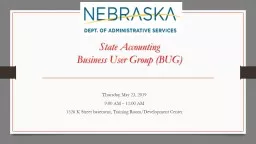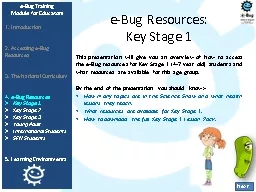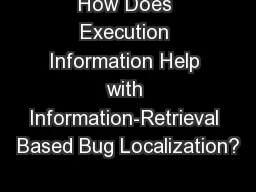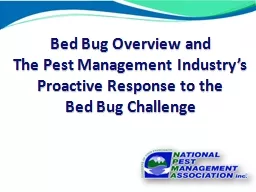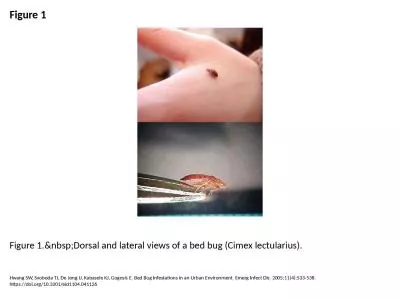PPT-State Accounting Business User Group (BUG)
Author : mitsue-stanley | Published Date : 2019-11-09
State Accounting Business User Group BUG Thursday May 23 2019 900 AM 1100 AM 1526 K Street basement Training RoomDevelopment Center Agenda Announcements General
Presentation Embed Code
Download Presentation
Download Presentation The PPT/PDF document "State Accounting Business User Group (BU..." is the property of its rightful owner. Permission is granted to download and print the materials on this website for personal, non-commercial use only, and to display it on your personal computer provided you do not modify the materials and that you retain all copyright notices contained in the materials. By downloading content from our website, you accept the terms of this agreement.
State Accounting Business User Group (BUG): Transcript
Download Rules Of Document
"State Accounting Business User Group (BUG)"The content belongs to its owner. You may download and print it for personal use, without modification, and keep all copyright notices. By downloading, you agree to these terms.
Related Documents

